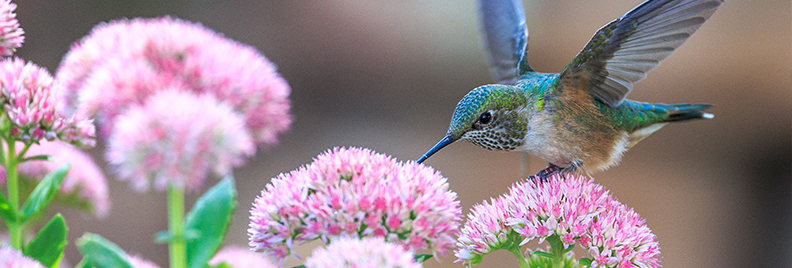
Hummingbird Gardening
Plants that Attract Hummingbirds
Shelter Plants for Hummingbirds
Offering Water to Hummingbirds
Hummingbird Feeders
We’re supposed to love all pollinators equally—but let’s be real, y’all. Hummingbirds are everyone’s favorite. Sure, we might smile and watch as a butterfly floats past, or when a chubby bumblebee cuddles into a coneflower. But a hummingbird sighting? That’s when we gasp and hiss a “look!” to our kids, gesture at them to shut up and watch, and fumble with our phones to take a video. It’s a whole event.
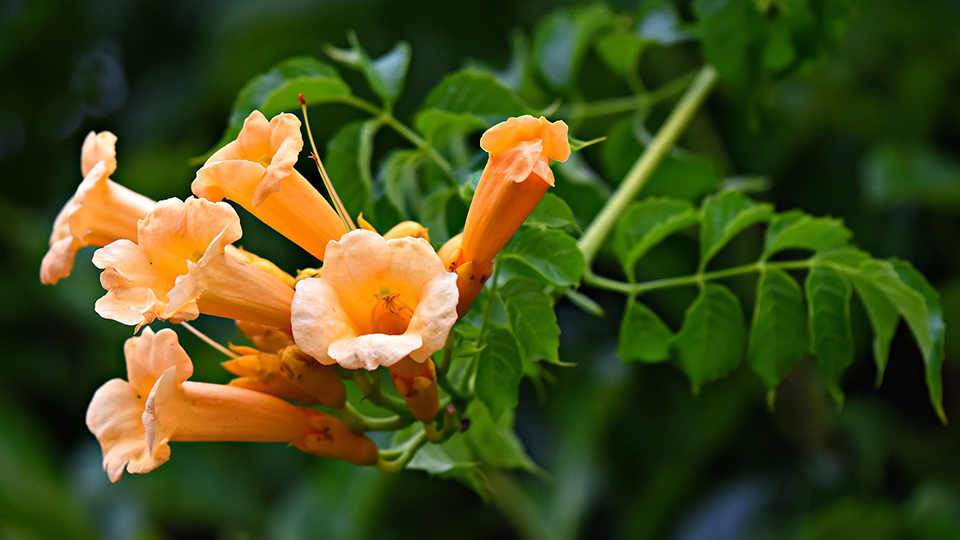
Plants that Attract Hummingbirds
First things first, you’ve gotta invite them in. A lot of the plants that hummingbirds love the most have similar features; they’re fairly tubular, they produce nectar, and they come in vibrant colors, like pink and red. These ones look great in the garden and are proven hummingbird magnets.
Hamelia (Hummingbird Bush) – This bush is a fast-grower that adds great color year-round to your garden. As the name would have you guess, hummingbirds go nuts for their red, tubular flowers. As an added bonus, hamelia also has great fall color payoff. The leaves change from green to reddish-bronze as the summer fades.
Salvia – There are many, many varieties of salvia, and plenty of them are a hit with hummingbirds. Salvias with red or pink flowers are the best varieties to go with if you hope to see more of those flickering wings. Salvia regla is a variety native to Texas that works great, looks gorgeous, and doesn’t need much maintenance.
Trumpet Vine – Trumpet vine, or trumpet creeper, is a magnificent climber with an incredible show of red-orange tubular flowers. It looks great on trellises and arbors, and is a nice way to bring the hummingbirds higher up off the ground for easier viewing. The Madame Galen variety is a really nice one for hummingbird gardens, but the native Campsis radicans is almost too enthusiastic for the average gardener. Avoid this trumpet vine variety as it can quickly become invasive.
Turk’s Cap – A member of the mallow family, these intriguing red flowers are a favorite food source of hummingbirds and can be grown in light shade. Turk’s cap tends to be quite drought resistant and comes in a few color and size variations that are equally beloved by hummingbirds.
Lantana – It’s hard to resist these sensational clumps of multicolored flowers. The different lantana color combinations are each more beautiful than the next, and they all make for a charming container filler. Add lantanas to containers and hanging baskets throughout your yard to really tempt the local hummingbird population.
Butterfly Weed – A type of milkweed, these compact flowering perennials are a favorite of other beautiful pollinators as well. Butterfly weed is also a primary food source for monarch butterflies and caterpillars. Incorporating a little butterfly weed into your garden design will turn it into a VIP pollinator destination!
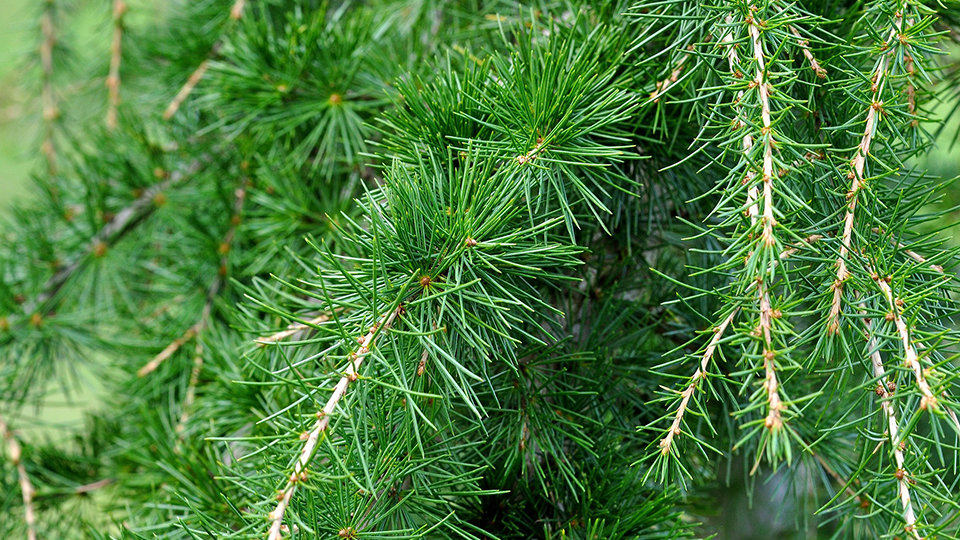
Shelter Plants for Hummingbirds
Once you’ve attracted hummingbirds to your yard, it’s always nice to offer them a place to stay. After all, all the best festivals have a campground! Add some hummingbird-friendly shelter to your landscape with these hummingbird-friendly trees and shrubs.
- Pecan Trees
- Youpon holly
- Bottle brush
- Mountain Laurel

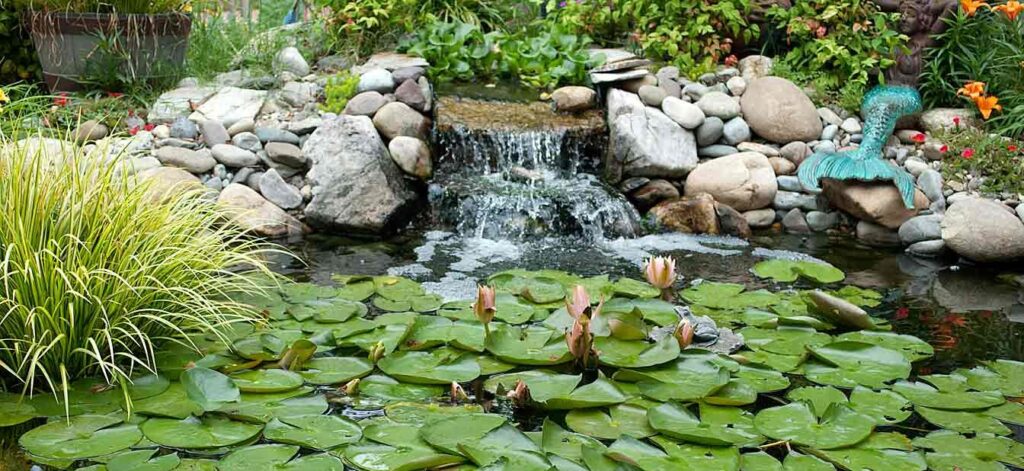
Offering Water to Hummingbirds
Like every living thing, hummingbirds also need to drink water to survive. Hummingbirds, like most animals, prefer moving water to still. Try these ways to add moving water to your hummingbird garden.
Install a mister – Hummingbirds have tiny mouths but they move fast. Not only does a fine mist provide a perfect source of water for hummingbirds, it also cools the air and helps your humidity-loving tropical plants thrive.
Create a water feature – Hummingbirds prefer moving water sources that keep the water clean and allow them to sip from the fine offspray. Integrating a waterfall into your garden with a pump and some river rock adds a stunning focal point and a great water source for plenty of bird and wildlife species.
Try a solar fountain – For an easy solution on the cheap, you can add a solar-powered fountain to a traditional bird bath. These cool gadgets are powered by a solar strip and pump water through the device, turning a plain basin into a moving water source.
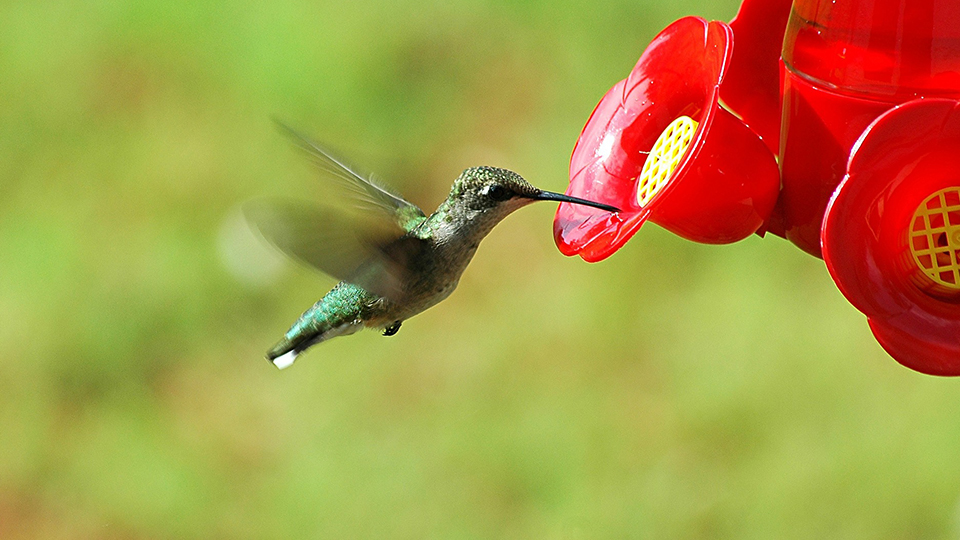
Hummingbird Feeders
If you still can’t get enough of your favorite bird, hummingbird feeders are another easy way to attract them and keep them fed. Hummingbirds will migrate through our area 2 times a year, once in the spring for a quick trip to their summer home, and then for 4-6 weeks in late summer early Fall on their way to their winter home. To attract them in with a feeder and keep the hummingbirds flying in, make sure to:
Clean it often – Hummingbirds are very clean animals and won’t bother with a dirty feeder. They won’t risk getting their pretty lil’ feathers sticky!
Use a red feeder with clear nectar – Red plastic helps attract hummingbirds to the feeder, but the nectar itself should be clear. The artificial red coloring in a lot of commercial nectars isn’t good for the birds.
Beware of ants! – Choose a feeder model that has a moat built into the top to keep ants from crawling into the feeder. Make sure to refill the moat with water daily.
Put feeder out before migration – Scouts will come to the area seeking food before the whole flock joins. If they know you have food for their friends, he will invite them back for a feast. Put feeders out in late January for Spring migration, and in July for Fall migration. Fill feeders ½ full and keep it fresh. Once the flock moves in, fill it up and enjoy! 🙂
Everyone loves the rush of catching a flash of iridescent green feathers. Fill your garden with all the right stuff, and soon enough your garden will look and feel like a five-star hummingbird hotel.
